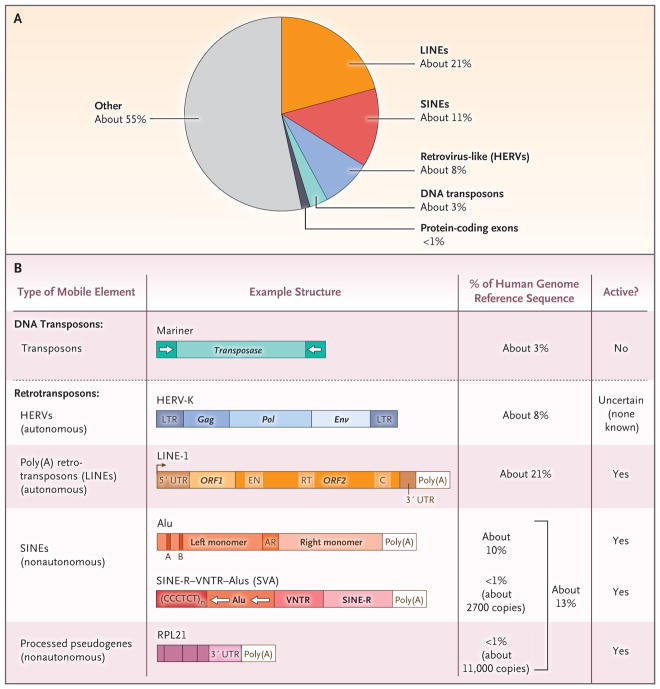Figure 1. Transposable Elements in the Human Genome.
Panel A shows protein-coding exons and classes of human transposable elements as a percentage of the genome.1 As shown in Panel B, DNA transposons encode transposase, an enzyme that binds at or near inverted repeats flanking the element (white arrows flanking transposase) to promote mobility by means of a cut-and-paste mechanism.6 Retrotransposons mobilize by means of a copy-and-paste mechanism through an RNA intermediate.7 Human endogenous retroviruses (HERVs) contain sequences analogous to the gag, pol, and env genes of retroviruses, but most HERVs, if not all of them, are not active in humans.8 Elements are considered to be autonomous when they encode the protein activities necessary for retrotransposition (e.g., an endonuclease [EN] and a reverse transcriptase [RT]). The arrow at the 5′ end of poly(A) retrotransposons denotes the transcription start site from their internal promoter. Nonautonomous elements do not encode proteins; their retrotransposition depends on the proteins encoded by autonomous elements.9 Nonautonomous elements include Alu elements and SVAs. Alu elements have a size of approximately 280 bp and consist of two monomers separated by an adenosine-rich (AR) linker; the left Alu monomer has an internal RNA polymerase III promoter (bars labeled A and B). SVAs are composite elements with a portion of a HERV (SINE-R [short interspersed element of HERV origin]), a variable number of tandem repeats (VNTRs), and a backward Alu, as well as a CCCTCT multimer. Processed pseudogenes are copies of cellular messenger RNAs that have been reverse-transcribed into DNA and lack introns. C denotes cysteine-rich domain (encoded by ORF2), HERV-K a HERV of the K type, LINE long interspersed element, LTR long terminal repeat, ORF1 open reading frame 1, ORF2 open reading frame 2, and UTR untranslated region. The diagram in Panel B is adapted from Beck et al.10

